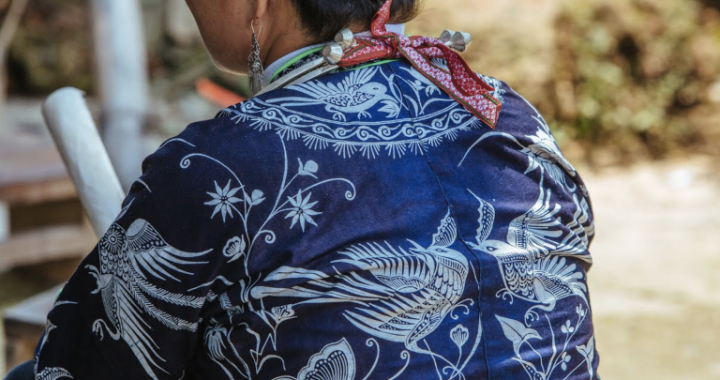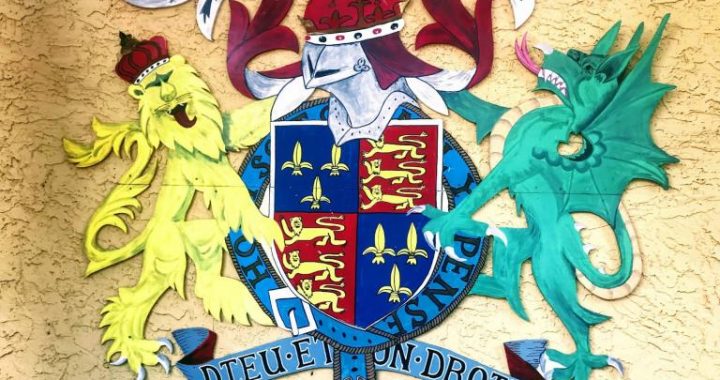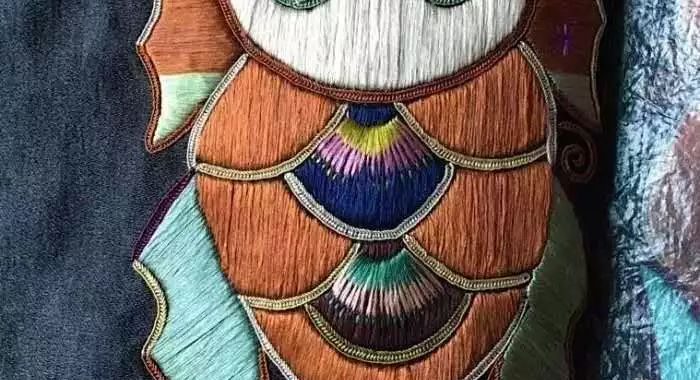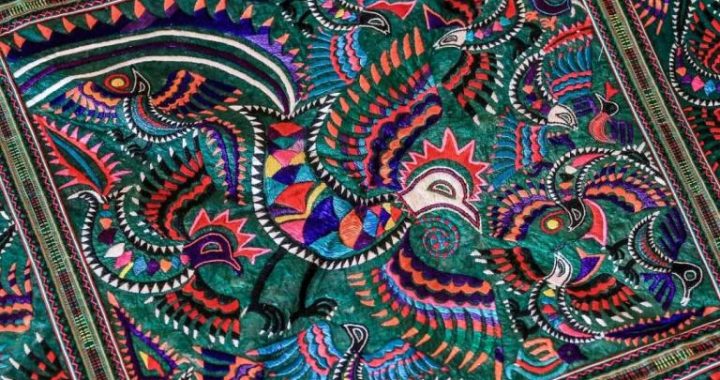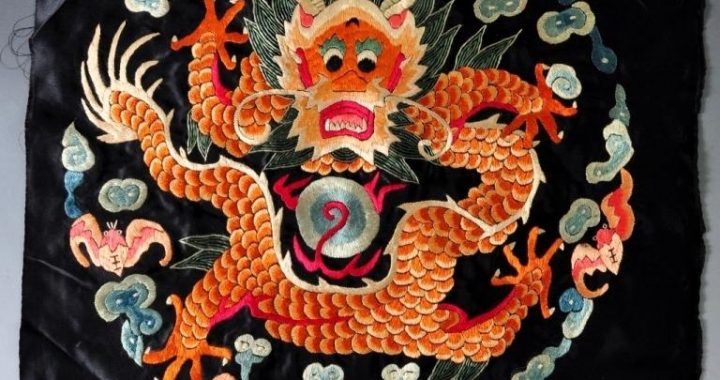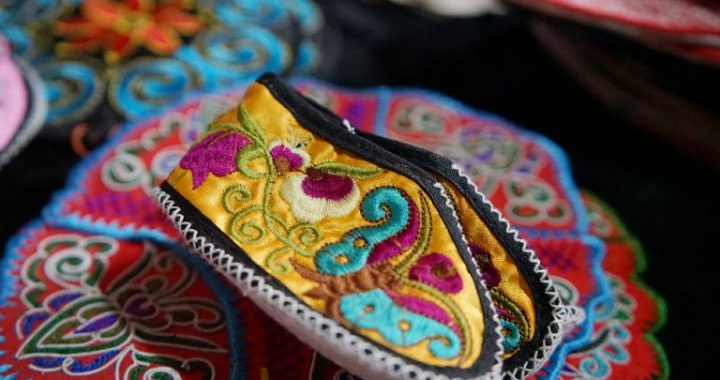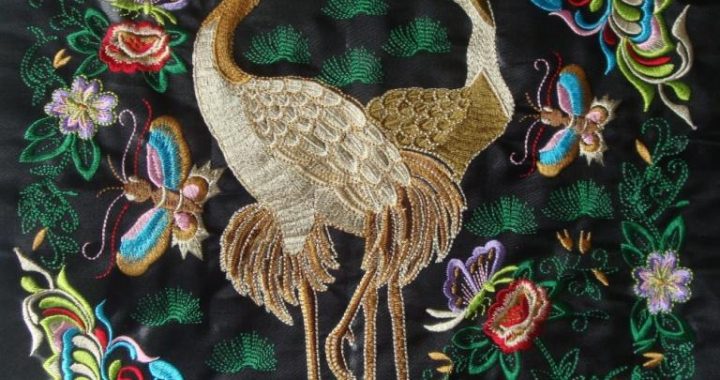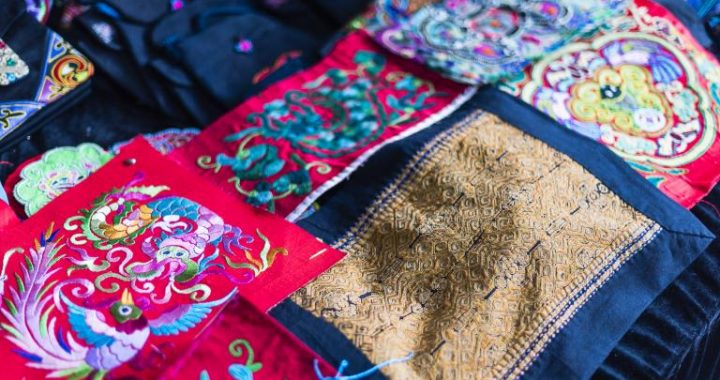The World of Auspicious Patterns
4 min readWith the approach of every new year,people would produce new year paintings and paper cuttings with auspicious patterns such as fish and bottle,fish(Yu)as a pun for surplus,and bottle(Ping)for peace,to express good wishes towards the coming new year.In the Ming and Qing dynasties,silk was also characterized by such auspicious patterns,which mainly expressed people’s wishes for five items:felicity,power and fame,health and longevity,wealth,happiness.These patterns reflected people’s yearn towards good life,and constituted an essential element of China’s silk art.The common patterns of auspice including the following:
1)Patterns of Auspicious Flowers and Fruits
It has been a long standing tradition for Chinese literati to endow flowers and plants with fine implications.As described in the classic prose Ode of Lotus,”among all the flowers,chrysanthemum is like a hermit,peony a rich man,while lotus a gentleman”.Besides,pomegranate was usually applied to imply prosperous offspring,ganoderma for satisfaction,peach for longevity,while plum blossom,orchid,bamboo and chrysanthemum were collectively praised as the four gentlemen to symbolize elegance.
2)The Eight Buddhist Emblems and Emblems of the Eight Immortals The Eight Buddhist Emblems are eight items applied in Buddhist rites,including the conch she1l which can produce sacred sound,the wheel of the law which symbolizes the nonstop circling of all lives,the holy umbrella which can freely turn bigger or smaller to protect life on earth,the canopy that is able to purify everything,the lotus rising unsullied through muddy water,the holy vase symbolizing completeness,a pair of golden fishes to save people from disasters,andthe endless knot that can smooth every matter.Together,the eight emblems stand for satisfaction and safe and sound.
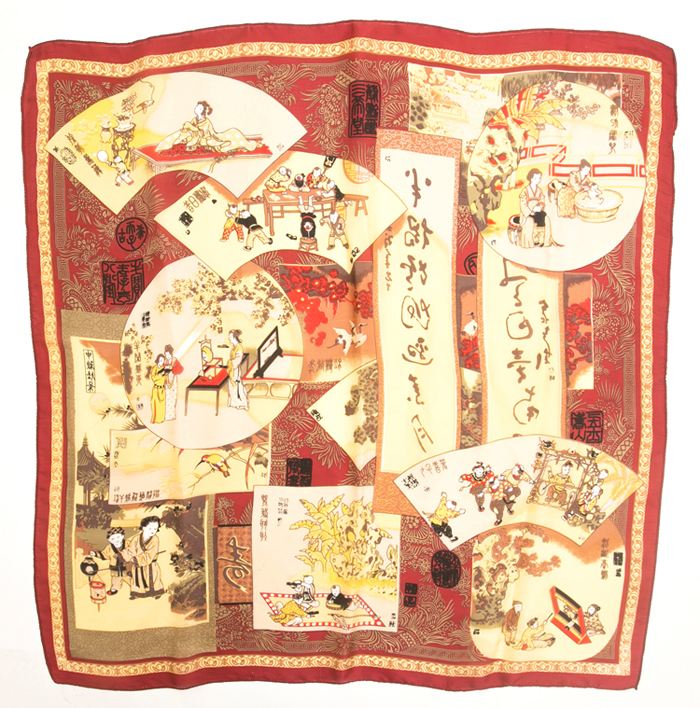
Chinese people are very familiar with the eight Daoist Immortals,who are believed to be able to work all kinds of miracles and often come down to the human world to offer help.On decorative art,items they often use are usually applied to represent each of them,and are collectively called Emblems of the Eight Immortals,i.e.the fan of Han Zhongli,sword of Lu Dongbin,fishing drum of Zhang Guolao,gourd of Tieguai Li,jade castanets of Cao Guojiu,flute of Han Xiangzi,flower basket of Lan Caihe and lotus of He Xiangu.
3)Pattern of Children
It was one of the most prior wishes of each family in the ancient agricultural China that one can have a lot of sons and grandsons to carry on the family line.The pattern of children was therefore warmly welcomed by all walks of life,especially by concubines in the palace,as to give birth to a boy was the only way to raise their status.The most intricate children pattern was the scene of one hundred children at play,as embroidered on several of the textiles collected in the Palace Museum in Beijing,where children were vividly portrayed playing firecrackers,beating drums or playing puppets.Other motifs involving children included children picking flowers,children riding on goats,etc.
4)Formation of Auspicious Patterns
Beside single patterns,pattern designers would usually group some of the auspicious patterns together,so that the whole scene is considered more auspicious,and common combinations of that time included:The Five Bats Holding the Character Shou(寿)pattern symbolizing longevity;formation of bees,lamps and various grains,to wish for an abundant harvest;pattern of carp leaping over the Dragon Gate to become a dragon itself,to express good wishes for a person to be promoted and richer; the grouping of character “Wan” (meaning ten thousand),a ribbon and peaches to mean everlasting longevity; the grouping of chayote, peach, bat and pomegranate, added with flowers of the four seasons namely peach blossom, peony, chrysanthemum and plum blossom, meaning abundance of blessing, longevity and male offspring all year round; the magpie on the plum tree announcing the approach of spring pattern expressing good wishes for the coming year; pattern of apricot branch and swallow to praise the morality of someone, especially doctors, deriving from the story of Dong Feng of the Three Kingdoms period, who would cure his patients free of charge, asking them to plant a few apricot trees only.
Another special pattern was the pattern of five poisonous creatures, namely centipede, scorpion, toad, lizard and snake. During the Dragon Boat Festival which is celebrated on the fifth day of the fifth month according to the lunar calendar, every family would place an artemisia branch on their doors and ask their children to wear hat in form of a tiger-head, as well as a coat with pattern of these five poisonous creatures. It was believed that evils could be driven off through this way, thus to safeguard their children soundly.
